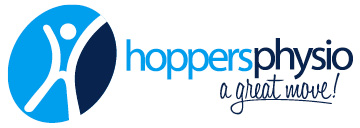What is DOMS?
What is DOMS? You’ve probably felt it after charging back into exercise after hibernating through Spring. DOMS or Delayed-Onset Muscle Soreness, as the name implies, is that lovely muscular ache that develops after exercise – usually between 24 and 48 hours after. It generally occurs after high-intensity, unaccustomed exercise, and is especially prevalent when there have been eccentric movements. Eccentric exercise involves movements where the muscles are contracting whilst lengthening, e.g downhill or long-distance running. You may love it or…
